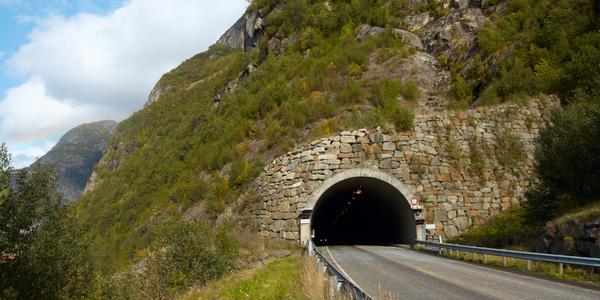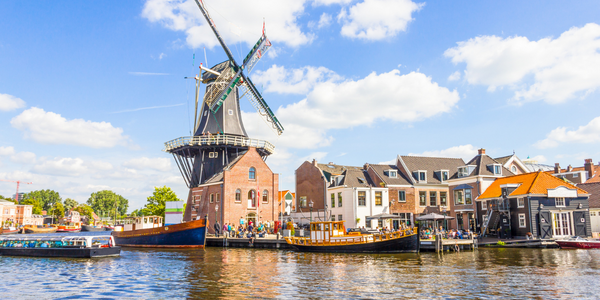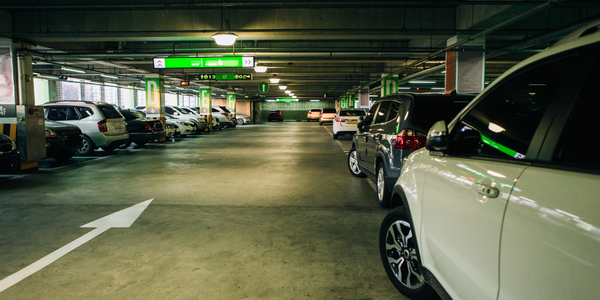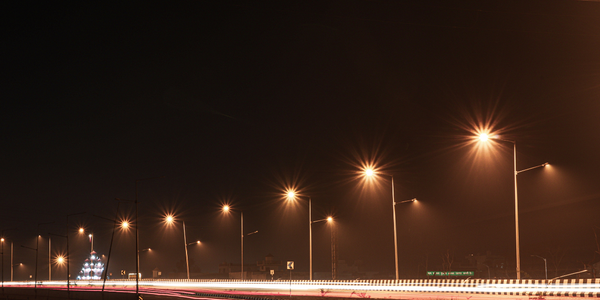Two firms reviTaTlize a Parkway To honor dayton’s past
Customer Company Size
SME
Region
- America
Country
- United States
Product
- Vectorworks Landmark
- Vectorworks Cloud Services
Tech Stack
- Cloud Computing
- Vectorworks Landmark
- Vectorworks Cloud Services
Implementation Scale
- Enterprise-wide Deployment
Impact Metrics
- Customer Satisfaction
- Brand Awareness
- Environmental Impact Reduction
Technology Category
- Application Infrastructure & Middleware - Data Visualization
- Functional Applications - Remote Monitoring & Control Systems
- Infrastructure as a Service (IaaS) - Cloud Computing
Applicable Industries
- Cities & Municipalities
- Construction & Infrastructure
Applicable Functions
- Facility Management
Use Cases
- Smart City Operations
- Building Automation & Control
Services
- Cloud Planning, Design & Implementation Services
- Software Design & Engineering Services
- System Integration
About The Customer
CYP Studios is a landscape architectural firm named after the rare 'Lady Slipper' orchid, Cypripedium reginae, native to northern regions of North America. The firm is known for its master planning, urban design, and low-impact development services. CYP Studios partnered with MorrisTerra, a firm specializing in entertainment venues, theme parks, resort development, and urban design and planning projects. Together, they completed the Patterson Canal Corridor project in Dayton, Ohio, a ½-mile pedestrian corridor that communicates Dayton’s rich history. The project was funded by the State of Ohio’s Cultural Facilities Commission and aimed to provide new landscaping, lighting, historical signage, sidewalks, and crosswalks.
The Challenge
The City of Dayton wanted better connectivity between the historic Oregon District and Webster Station neighborhoods and a way to convey its rich history while making the commercial corridor pedestrian-friendly. Sidewalks were too narrow and positioned against the roadway, where cars hurtled by on five lanes of one-way traffic. Pedestrians had to zigzag their way across large intersections, sometimes getting stranded on large, concrete medians. The city was one year into an urban renewal master plan study when it issued an RFP to achieve these goals through a cultural project. They wanted more than just 'signs on sticks' for their representation of Dayton’s history; they wanted a project that could spur economic development.
The Solution
The CYP Studios and MorrisTerra team won the $2 million project to revitalize the Patterson Canal Corridor. The design team’s 'beads on a string' concept created continuity while accounting for differences along the corridor and tying together a string of park spaces. The project involved new landscaping, lighting, historical signage, sidewalks, and crosswalks, as well as a 'road diet' to reduce the roadway’s width and impact. The team used Vectorworks Landmark software and cloud computing for design and collaboration. The project included 12-foot-tall vertical pylon elements with historical content, broad sidewalks, shade trees, and planting beds to encourage pedestrian movement. The pylons’ colors and patterns tied to existing structures and Dayton’s aviation history.
Operational Impact
Quantitative Benefit

Case Study missing?
Start adding your own!
Register with your work email and create a new case study profile for your business.
Related Case Studies.

Case Study
Turning A Stadium Into A Smart Building
Honeywell created what it called the “intelligent system” for the National Stadium in Beijing, China, turning the venue for the opening and closing events at the 2008 Summer Olympics into a “smart building.” Designed by highly controversial artist Ai Weiwei, the “Bird’s Nest” remains one of the most impressive feats of stadium architecture in the world. The 250,000 square meter structure housed more than 100,000 athletes and spectators at a time. To accommodate such capacity, China turned to Honeywell’s EBI Integrated Building Management System to create an integrated “intelligent system” for improved building security, safety and energy efficiency.
.png)
Case Study
Smart Street Light Network (Copenhagen)
Key stakeholders are taking a comprehensive approach to rethinking smart city innovation. City leaders have collaborated through partnerships involving government, research institutions and solution providers. The Copenhagen Solutions Lab is one of the leading organizations at the forefront of this movement. By bringing together manufacturers with municipal buyers, the Copenhagen Solutions Lab has catalyzed the development and deployment of next-generation smart city innovations. Copenhagen is leveraging this unique approach to accelerate the implementation of smart city solutions. One of the primary focus areas is LED street lighting.

Case Study
IoT System for Tunnel Construction
The Zenitaka Corporation ('Zenitaka') has two major business areas: its architectural business focuses on structures such as government buildings, office buildings, and commercial facilities, while its civil engineering business is targeted at structures such as tunnels, bridges and dams. Within these areas, there presented two issues that have always persisted in regard to the construction of mountain tunnels. These issues are 'improving safety" and "reducing energy consumption". Mountain tunnels construction requires a massive amount of electricity. This is because there are many kinds of electrical equipment being used day and night, including construction machinery, construction lighting, and ventilating fan. Despite this, the amount of power consumption is generally not tightly managed. In many cases, the exact amount of power consumption is only ascertained when the bill from the power company becomes available. Sometimes, corporations install demand-monitoring equipment to help curb the maximum power demanded. However, even in these cases, the devices only allow the total volume of power consumption to be ascertained, or they may issue warnings to prevent the contracted volume of power from being exceeded. In order to tackle the issue of reducing power consumption, it was first necessary to obtain an accurate breakdown of how much power was being used in each particular area. In other words, we needed to be able to visualize the amount of power being consumed. Safety, was also not being managed very rigorously. Even now, tunnel construction sites often use a 'name label' system for managing entry into the work site. Specifically, red labels with white reverse sides that bear the workers' names on both sides are displayed at the tunnel work site entrance. The workers themselves then flip the name label to the appropriate side when entering or exiting from the work site to indicate whether or not they are working inside the tunnel at any given time. If a worker forgets to flip his or her name label when entering or exiting from the tunnel, management cannot be performed effectively. In order to tackle the challenges mentioned above, Zenitaka decided to build a system that could improve the safety of tunnel construction as well as reduce the amount of power consumed. In other words, this new system would facilitate a clear picture of which workers were working in each location at the mountain tunnel construction site, as well as which processes were being carried out at those respective locations at any given time. The system would maintain the safety of all workers while also carefully controlling the electrical equipment to reduce unnecessary power consumption. Having decided on the concept, our next concern was whether there existed any kind of robust hardware that would not break down at the construction work site, that could move freely in response to changes in the working environment, and that could accurately detect workers and vehicles using radio frequency identification (RFID). Given that this system would involve many components that were new to Zenitaka, we decided to enlist the cooperation of E.I.Sol Co., Ltd. ('E.I.Sol') as our joint development partner, as they had provided us with a highly practical proposal.

Case Study
Buoy Status Monitoring with LoRa
The Netherlands are well-known for their inland waterways, canals, sluices and of course port activities. The Dutch Ministry of Infrastructure indicates that there are thousands of buoys and fixed items in and near water environments that would profit from IoT monitoring. One of the problems with buoys for example, is that they get hit by ships and the anchor cable breaks. Without connectivity, it takes quite some time to find out that something has happened with that buoy. Not to mention the costs of renting a boat to go to the buoy to fix it. Another important issue, is that there is no real-time monitoring of the buoys at this moment. Only by physically visiting the object on the water, one gains insight in its status.

Case Study
China Mobile Smart Parking
Smart Parking, powered by NB-IoT technology, is making it easier for drivers to find free parking spots. Cities can better manage their parking assets and maximize the revenue available to them as a result. Drivers searching for parking create congestion and pollution by circling and hunting for available parking. Smart Parking services are able to significantly ease these problems by guiding a driver directly to a parking space.



